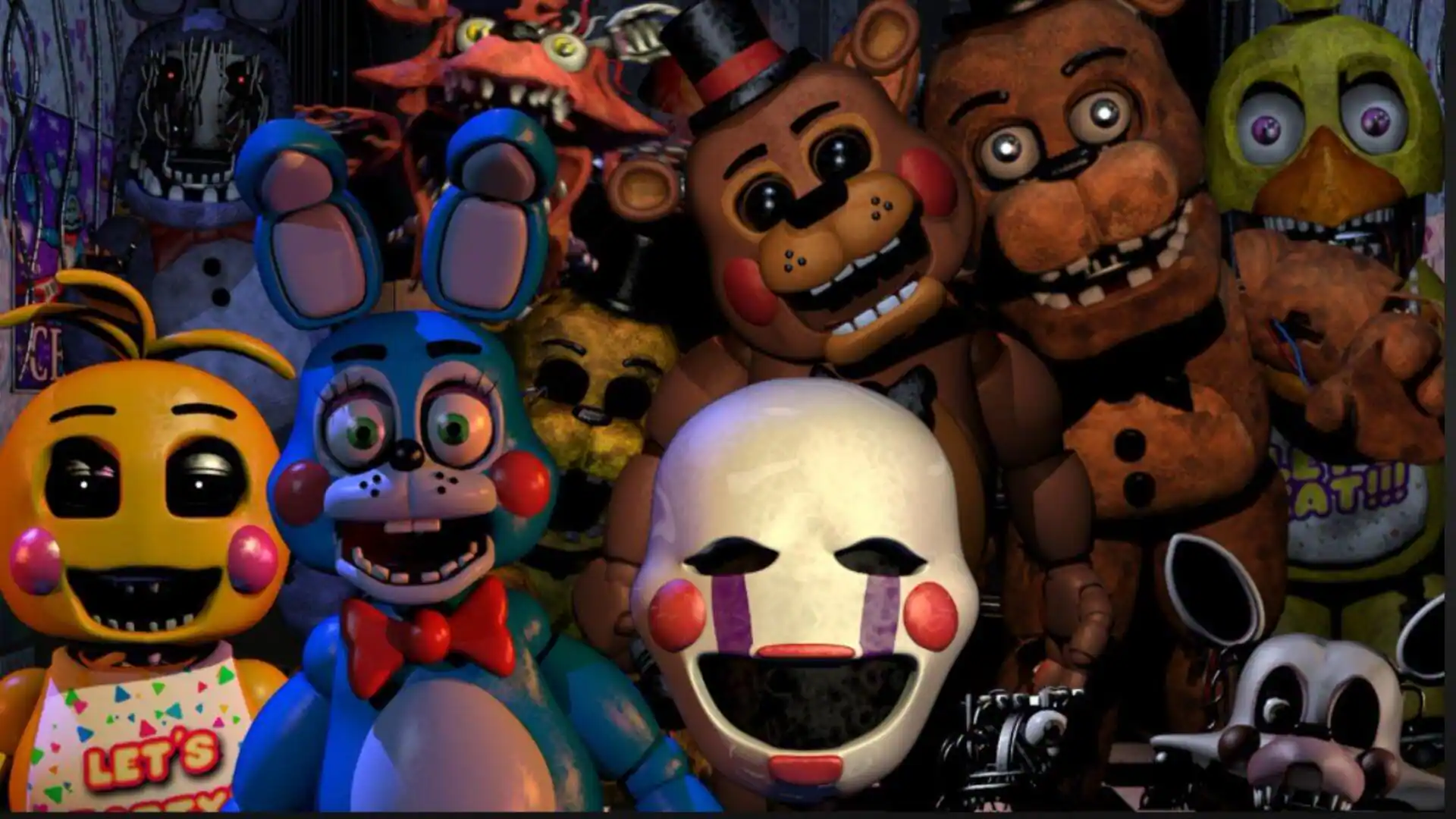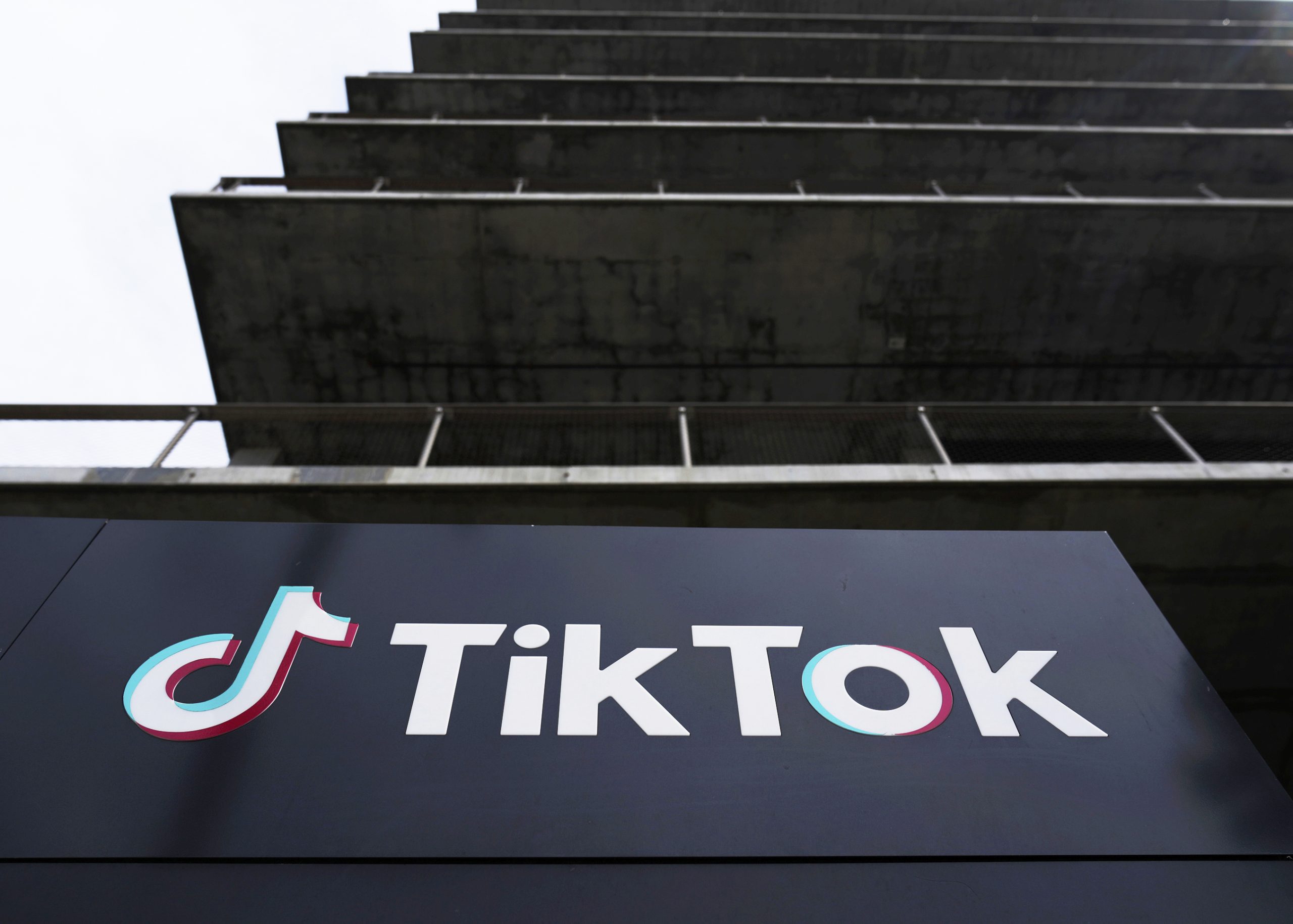By Vinita Jain
Copyright newsbytesapp

Animatronics has been a crucial part of US cinema’s evolution, breathing life into characters with mechanical precision. From initial trials to modern-day developments, animatronics has revolutionized storytelling by adding realism and depth. Here are some key milestones and innovations that have defined the use of animatronics in films and their impact on the industry. The 1933 film King Kong was a game-changer for animatronics in cinema. The giant ape was brought to life with stop-motion animation techniques, complemented by mechanical models. This pioneering effort mesmerized viewers and set the tone for future films. It showed how animatronics can elevate storytelling by rendering believable creatures that blend seamlessly with live actors, paving the way for more advanced technologies. In 1993, Jurassic Park changed the game of animatronics with its realistic depiction of dinosaurs. The movie utilized CGI and advanced animatronic models to create lifelike creatures that roamed the screen. This blend of technology demonstrated how animatronics could be integrated with digital effects to create stunning visuals. It set new standards for creature design and realism in cinema. James Cameron’s 2009 film Avatar took animatronics to the next level by combining them with motion capture technology. This enabled characters to perform with greater nuance, making them more relatable and emotional. As technology progresses, filmmakers are looking at newer methods to use animatronics, keeping it alive in today’s cinema. The future of animatronics has never looked better as developments are moving at lightning speed. By integrating artificial intelligence, animatronics can give characters more lifelike movements and interactions on screen. Advancements in materials science allow for lighter but durable builds. These developments make animatronics one of the best ways to achieve high-performance capabilities without the cost of modern production processes in today’s filmmaking industry.



